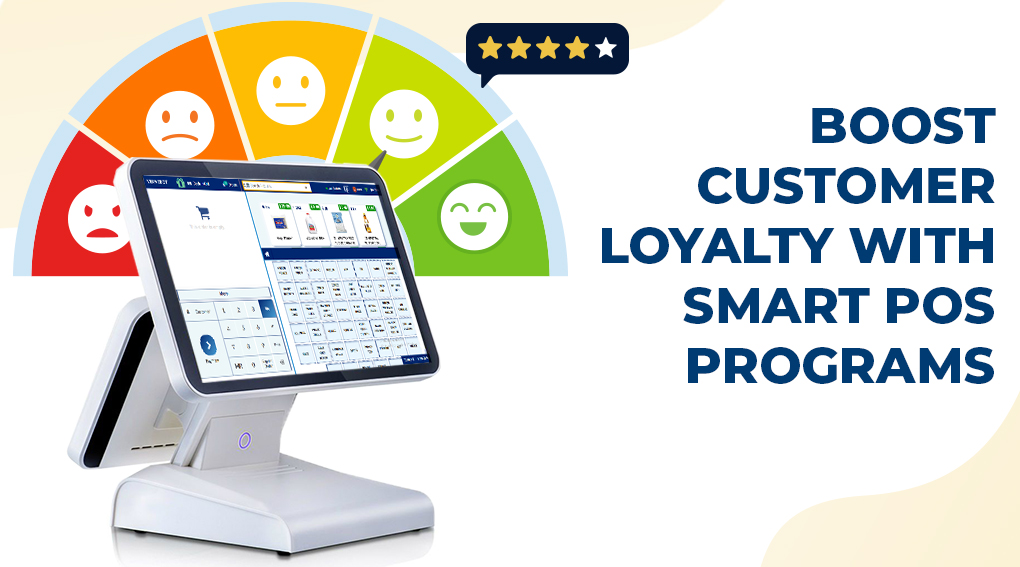In the digital marketing world, a landing page is much more than just a standalone web page. It’s a critical component of your lead generation and conversion strategy. Whether you’re aiming to capture leads, sell products, or promote a webinar, a well-crafted landing page can make all the difference. Here, we delve deeper into essential tips and best practices to help you create a landing page that not only attracts but also converts.
Understand Your Audience
- Why It Matters: Understanding your audience is the foundation of any successful marketing effort. If you don’t know who you’re talking to, you can’t effectively address their needs or pain points.
- How to Do It: Conduct thorough market research to create detailed buyer personas. Identify their demographics, interests, challenges, and goals. Use tools like Google Analytics, social media insights, and customer surveys to gather data. This knowledge will guide the content, design, and overall strategy of your landing page.
Craft a Compelling Headline
- Why It Matters: The headline is your first and often only chance to capture your visitor’s attention. If it doesn’t resonate immediately, you risk losing them.
- How to Do It: Focus on clarity and brevity. Your headline should convey the core benefit of your offer in a single, impactful sentence. Use powerful words that evoke emotion or urgency. For example, instead of “Download Our Guide,” try “Unlock Expert Strategies with Our Free Guide.” Test different variations to see which one drives the most engagement.
Use Strong, Actionable CTAs
- Why It Matters: The CTA is the critical junction between browsing and converting. A weak or vague CTA can leave users unsure of what to do next.
- How to Do It: Your CTA should be visually distinct, with a colour that contrasts with the rest of the page but still fits within your brand’s palette. The language should be direct and clear, avoiding generic phrases like “Submit” or “Click Here.” Instead, use phrases that imply a benefit or action, such as “Get My Free Ebook” or “Start Your Free Trial.” Consider using multiple CTAs if your landing page is long, placing them strategically after key sections.
Keep the Design Clean and Focused
- Why It Matters: A cluttered page can overwhelm visitors and distract them from your primary message or offer. A clean design ensures that users can easily find and focus on the essential elements.
- How to Do It: Embrace minimalism. Every element on your landing page should serve a purpose. Use a single-column layout to guide the visitor’s eye down the page in a logical flow. Limit the use of colours and fonts to maintain consistency and avoid distractions. Employ white space effectively to create a balanced and readable page.
Leverage Social Proof
- Why It Matters: People are naturally influenced by the actions and opinions of others. Social proof builds trust and credibility, making it more likely that new visitors will convert.
- How to Do It: Incorporate customer testimonials, case studies, or client logos prominently on your page. Video testimonials can be particularly powerful, as they offer a more personal and authentic endorsement. If you have impressive statistics, such as the number of customers served or success stories, highlight these as well. Ensure that your social proof is relevant to the offer or product you’re promoting on the landing page.
Optimize for Mobile
- Why It Matters: With the increasing prevalence of mobile browsing, a landing page that doesn’t perform well on mobile devices can lose a significant portion of potential conversions.
- How to Do It: Use responsive design techniques to ensure that your landing page adjusts seamlessly across different devices and screen sizes. Test your page on various mobile devices and browsers to check for any issues with loading, formatting, or usability. Simplify the mobile version by removing unnecessary elements and focusing on the most critical content and CTAs.
Test and Refine
- Why It Matters: No landing page is perfect from the start. Continuous testing and optimization are key to maximizing conversions.
- How to Do It: Implement A/B testing to compare different versions of your landing page elements—headlines, images, CTAs, and more. Tools like Google Optimize or Optimizely can help you conduct these tests efficiently. Analyze the results to understand what resonates with your audience and iterate accordingly. Remember, even small changes can lead to significant improvements in conversion rates.
Ensure Fast Load Times
- Why It Matters: A slow-loading landing page can frustrate users and cause them to abandon the page before it even fully loads, leading to a higher bounce rate.
- How to Do It: Optimize your images by compressing them without losing quality. Minimize the use of heavy scripts and plugins that can slow down your page. Use a Content Delivery Network (CDN) to reduce latency and ensure fast load times globally. Regularly monitor your page’s performance using tools like Google PageSpeed Insights and make necessary adjustments.
Include a Clear Value Proposition
- Why It Matters: Your value proposition is what sets you apart from competitors. It’s the promise you make to your visitors and the reason they should choose your offer over others.
- How to Do It: Your value proposition should be prominently displayed, usually near the headline. It should be specific, focusing on the benefits rather than features. For example, instead of saying, “Our software has advanced analytics,” say, “Gain deeper insights into your business with our advanced analytics software.” Use supporting bullet points or a short paragraph to elaborate on how your offer can solve the visitor’s problem or improve their situation.
Use Visuals Strategically
- Why It Matters: Visuals can significantly impact how users perceive your landing page. They can either enhance your message or distract from it, depending on how they’re used.
- How to Do It: Choose images, videos, or graphics that support your message and resonate with your target audience. Avoid generic stock photos that don’t add value to the content. If you’re using videos, ensure they are high quality and provide clear value—whether through demonstration, explanation, or testimonials. All visuals should be optimized for fast loading and should align with your brand’s aesthetic and tone.
Conclusion
A high-converting landing page is a blend of art and science. It requires a deep understanding of your audience, a strong value proposition, and meticulous attention to detail in both design and content. By implementing these best practices and continuously testing and refining your approach, you can create landing pages that not only attract traffic but also convert visitors into leads, customers, and advocates for your brand.








